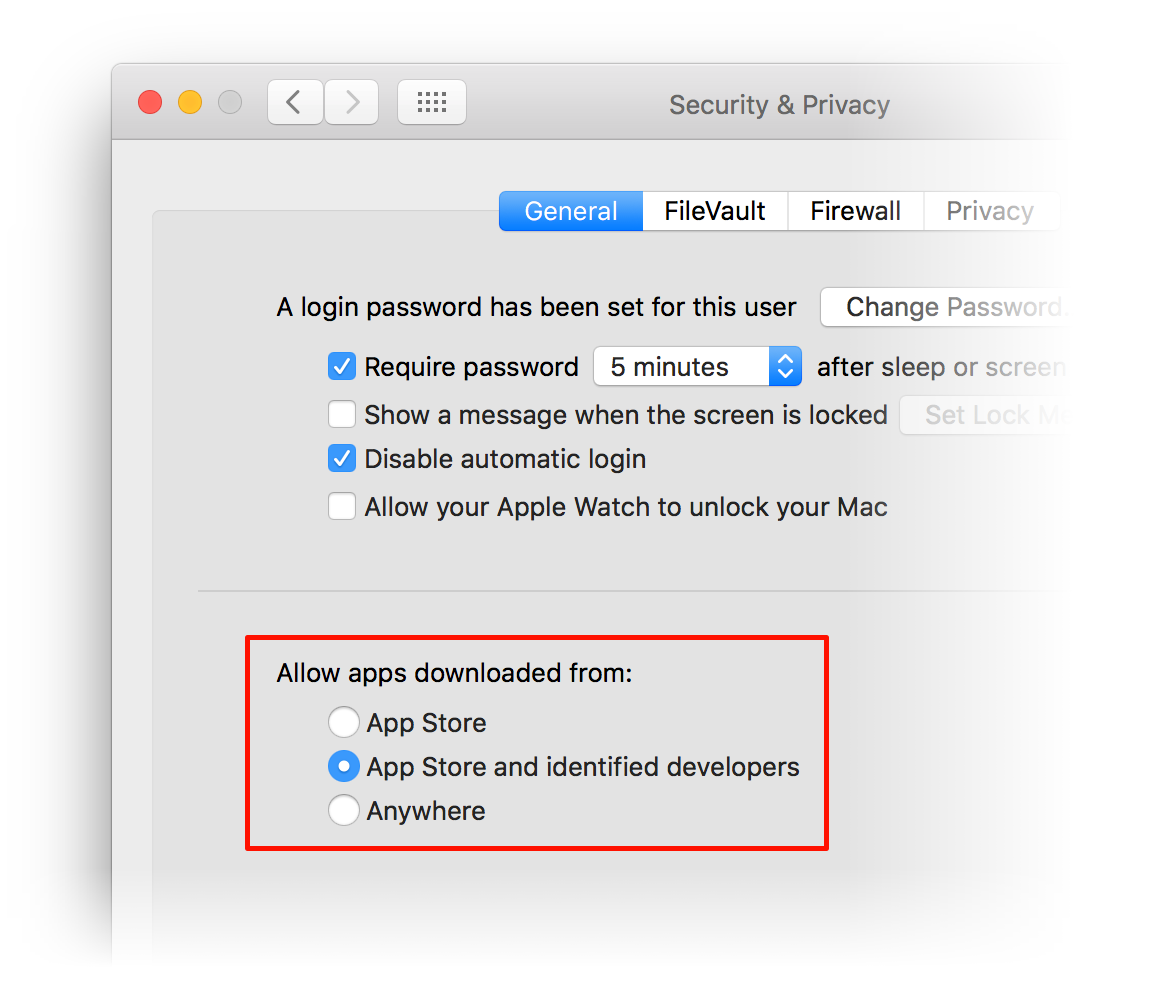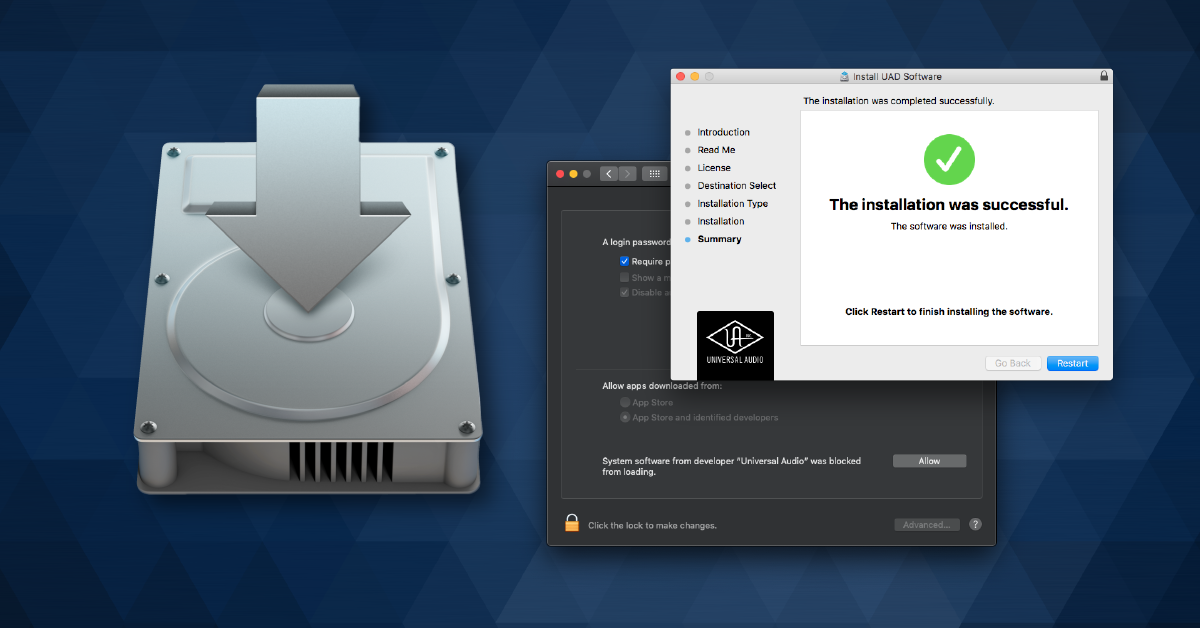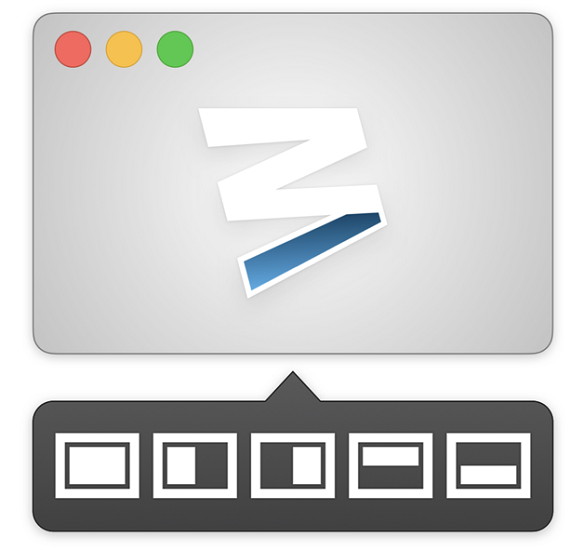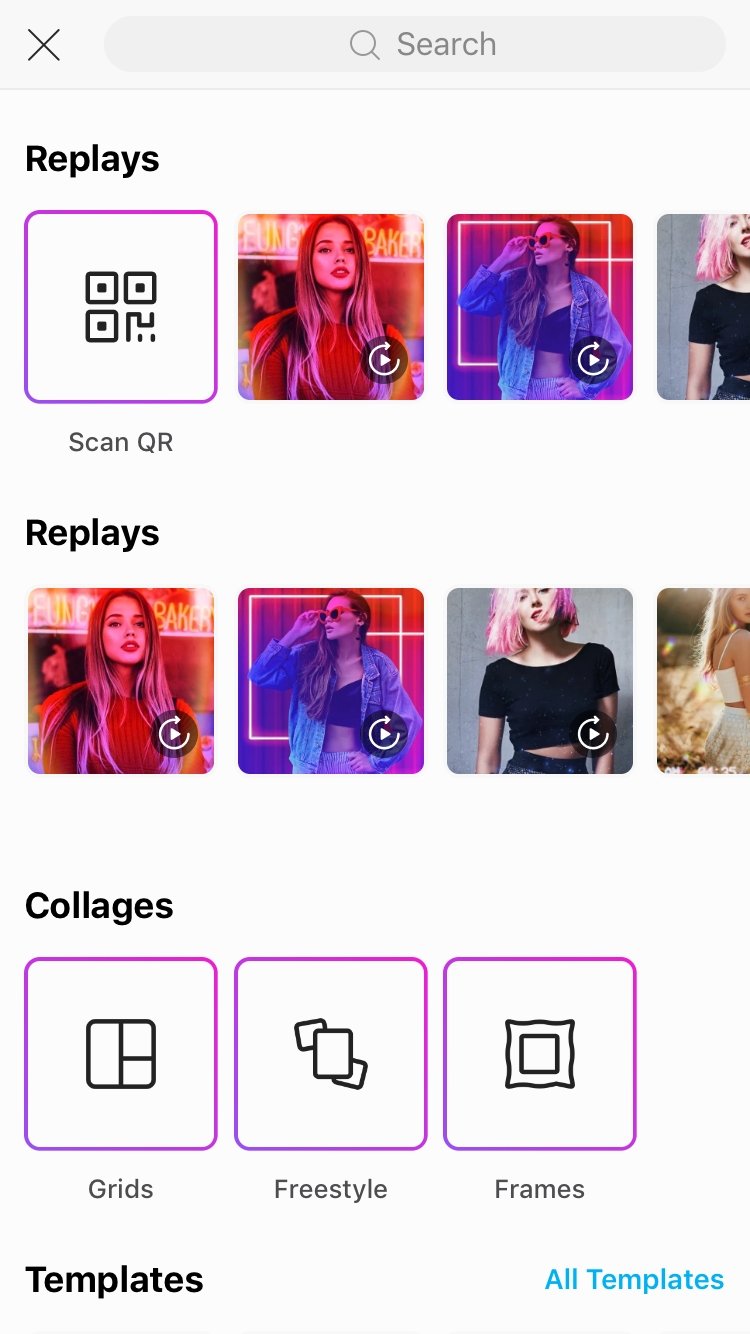
The power of Mac. Dedicated apps for music, TV, and podcasts. Smart new features like Sidecar, powerful technologies for developers, and your favorite iPad apps, now on Mac. MacOS is the operating system that powers every Mac. It lets you do things you simply can’t with other computers. Download and install the best free apps for XML Tools on Windows, Mac, iOS, and Android from CNET Download.com, your trusted source for the top software picks. Create even more powerful Mac versions of your iPad apps. Apps built with Mac Catalyst now take on the new look of macOS Big Sur and help you better define the look and behavior of your apps. You can choose to turn off automatic scaling of iPad controls and layout, allowing you to precisely place every pixel on the screen. @txmail: cross platform development tools are now explicitly forbidden by Apple. In other word: if they catch you writing an app for the iPhone by using anything that is written in Objective-C (and appcelerator is using Java-to-Objective-C conversion) they can revoke your app and your developer. While the Mac is a little more open than iOS - the only way to get third party apps onto your iPhone and iPad is to download them from the iOS App Store - there are still a lot of hoops to jump.
App Store
Explore the features and comprehensive benefits of distributing your apps on the App Store for iPhone, iPad, Mac, Apple TV, and Apple Watch.
Introducing Xcode 12
Universal App Quick Start Program
Get everything you need to prepare your apps for Apple Silicon Macs before they become available to customers. The Universal App Quick Start Program will give you access to all the tools, resources, and support you need.
App Clips
Provide a new way to quickly access and experience what your app has to offer. An app clip is a small part of your app that lets users start and finish an experience in seconds, even before downloading your app.
Widgets
Now it’s even easier to build and make widgets available across iOS, iPadOS, and macOS with the new WidgetKit framework, widget API for SwiftUI, widget gallery, and Smart Stacks.
macOS Big Sur
A whole new level of power and beauty.
watchOS 7
Develop even more powerful and personal apps for Apple Watch.
iOS 14
Take advantage of the latest features in the world’s most advanced mobile operating system.
iPadOS 14
New features and enhancements in iPadOS 14 empower you to create amazing experiences.
Apple Platforms
Build apps. Build your future.
Whether you’re just entering the workforce or you‘re an experienced developer or entrepreneur, take advantage of free resources to gain skills that help you succeed in Apple’s growing app economy, which provides millions of jobs in technology across the globe.
Developers can start building apps today and first system ships by year’s end, beginning a two-year transition
Cupertino, California — In a historic day for the Mac, Apple today announced it will transition the Mac to its world-class custom silicon to deliver industry-leading performance and powerful new technologies. Developers can now get started updating their apps to take advantage of the advanced capabilities of Apple silicon in the Mac. This transition will also establish a common architecture across all Apple products, making it far easier for developers to write and optimize their apps for the entire ecosystem.
How To Become An Iphone App Developer
Apple today also introduced macOS Big Sur, the next major release of macOS, which delivers its biggest update in more than a decade and includes technologies that will ensure a smooth and seamless transition to Apple silicon. Developers can easily convert their existing apps to run on Apple silicon, taking advantage of its powerful technologies and performance. And for the first time, developers can make their iOS and iPadOS apps available on the Mac without any modifications.
Apps For Developers Mac Pro
To help developers get started with Apple silicon, Apple is also launching the Universal App Quick Start Program, which provides access to documentation, forums support, beta versions of macOS Big Sur and Xcode 12, and the limited use of a Developer Transition Kit (DTK), a Mac development system based on Apple’s A12Z Bionic System on a Chip (SoC).

Apple plans to ship the first Mac with Apple silicon by the end of the year and complete the transition in about two years. Apple will continue to support and release new versions of macOS for Intel-based Macs for years to come, and has exciting new Intel-based Macs in development. The transition to Apple silicon represents the biggest leap ever for the Mac.
“From the beginning, the Mac has always embraced big changes to stay at the forefront of personal computing. Today we’re announcing our transition to Apple silicon, making this a historic day for the Mac,” said Tim Cook, Apple’s CEO. “With its powerful features and industry-leading performance, Apple silicon will make the Mac stronger and more capable than ever. I’ve never been more excited about the future of the Mac.”

Family of Mac SoCs to Deliver Powerful New Features and Best-in-Class Performance
For over a decade, Apple’s world-class silicon design team has been building and refining Apple SoCs. The result is a scalable architecture custom designed for iPhone, iPad, and Apple Watch that leads the industry in unique features and performance per watt, and makes each of them best in class. Building upon this architecture, Apple is designing a family of SoCs for the Mac. This will give the Mac industry-leading performance per watt and higher performance GPUs — enabling app developers to write even more powerful pro apps and high-end games. And access to technologies such as the Neural Engine will make the Mac an amazing platform for developers to use machine learning. This will also create a common architecture across all Apple products, making it far easier for developers to write and optimize software for the entire Apple ecosystem.
macOS Big Sur Enables Transition to Apple Silicon
In macOS Big Sur, Apple is offering a range of technologies to make the transition to Apple silicon smooth and seamless. With everything built into Xcode 12, such as native compilers, editors, and debugging tools, most developers will be able to get their apps running in a matter of days. Using Universal 2 application binaries, developers will be able to easily create a single app that taps into the native power and performance of the new Macs with Apple silicon, while still supporting Intel-based Macs. With the translation technology of Rosetta 2, users will be able to run existing Mac apps that have not yet been updated, including those with plug-ins. Virtualization technology allows users to run Linux. Developers can also make their iOS and iPadOS apps available on the Mac without any modifications.
Quick Start Program Lets Developers Get Started Today
Apple Developer Program members can start moving their apps to Apple silicon today by applying for the Universal App Quick Start Program. The program provides access to documentation, forums support, beta versions of macOS Big Sur and Xcode 12, and includes the limited use of a DTK, which will enable developers to build and test their Universal 2 apps. The DTK, which must be returned to Apple at the end of the program, consists of a Mac mini with Apple’s A12Z Bionic SoC inside and desktop specs, including 16GB of memory, a 512GB SSD, and a variety of Mac I/O ports. Developers can apply to the program at developer.apple.com, and the total cost of the program is $500.
Images of Developer Software
Must Have Apps For Developers Mac

Apple revolutionized personal technology with the introduction of the Macintosh in 1984. Today, Apple leads the world in innovation with iPhone, iPad, Mac, Apple Watch, and Apple TV. Apple’s five software platforms — iOS, iPadOS, macOS, watchOS, and tvOS — provide seamless experiences across all Apple devices and empower people with breakthrough services including the App Store, Apple Music, Apple Pay, and iCloud. Apple’s more than 100,000 employees are dedicated to making the best products on earth, and to leaving the world better than we found it.
Press Contacts
Jennie Orphanopoulos
Apple
(408) 221-6621

Apple Media Helpline

(408) 974-2042






